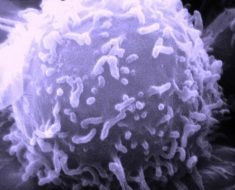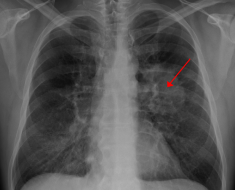Data from the 2014 Ebola virus outbreak at two Sierra Leone facilities reveal daily usage rates for disinfectant and personal protective equipment, informing future outbreaks, according to a study published May 24, 2018 in the open-access journal PLOS ONE by Michaela Mallow of International Medical Corps in Los Angeles, CA, and colleagues.
In response to the 2014 outbreak, International Medical Corps ran five Ebola treatment units in Sierra Leone and Liberia. To protect patients and staff, these sites followed strict water, sanitation, and hygiene (WASH) and infection prevention control (IPC) protocols. Such efforts included education of staff on the high infectiousness of Ebola virus and provision of personal protective equipment to protect against infection.
In the new study, Mallow and colleagues evaluated WASH and IPC activity at two of the International Medical Corps’ Ebola treatment centers in Sierra Leone. They analyzed data on such activity recorded between December 2014 and December 2015, looking for information that could help inform future efforts to design and manage treatment facilities during outbreaks.
The researchers found a strong correlation between the size of each site’s daily patient population and daily usage of high-concentration chlorine solution for disinfecting equipment and surfaces. Use of the high-concentration solution also strongly correlated with the number of times staff entered a high-risk zone, the part of each facility where people with Ebola were housed; such entry required use of personal protective equipment.
During the study period, one of the facilities used much more chlorine than the other, possibly because it served a larger local region and had a larger ambulance fleet, resulting in more equipment that required disinfection. The researchers were also able to quantify the amount and type of personal protective equipment that was used and damaged each day—an important consideration for low-resource locations where some products may be difficult to replace.
These findings could aid planning and management of facilities established to manage future outbreak of Ebola and other diseases. The research team also recommended strategies to improve WASH and IPC data collection so that similar studies in the future could uncover new, valuable information.
Source: Read Full Article





